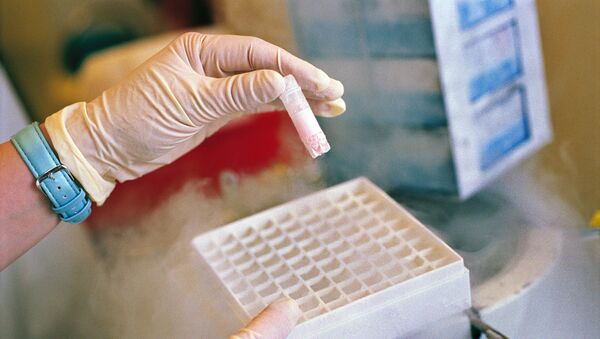The new method, which involves the use of lasers and nanotechnology, “could be applied to the storage of fish, and with proper modification, can potentially be used for other vertebrate embryos,” according to a study that was published in ACS Nano, a scientific journal.
It should be noted that the cryogenic preservation of fish embryos has long posed a challenge to scientists because the considerable size of fish eggs made it problematic to freeze and unfreeze them without damaging their structure or causing ice crystals to form within their tissues.
It order to tackle this problem, the researchers came up with a method that involves injecting cryoprotectant and gold nanorods directly into the embryos.
While cryoprotectant basically acted like antifreeze that protected the embryos from damage as they were submerged into liquid nitrogen, the nanorods were a crucial part of the reanimation process as they helped distribute energy uniformly throughout the embryo when hit by lasers during the procedure, thus allowing the scientists to quickly thaw the egg without damaging it.
And since zebrafish embryos are quite similar to those of other aquatic creatures, this method may in fact be implemented for cryopreservation of other species’ embryos as well.




